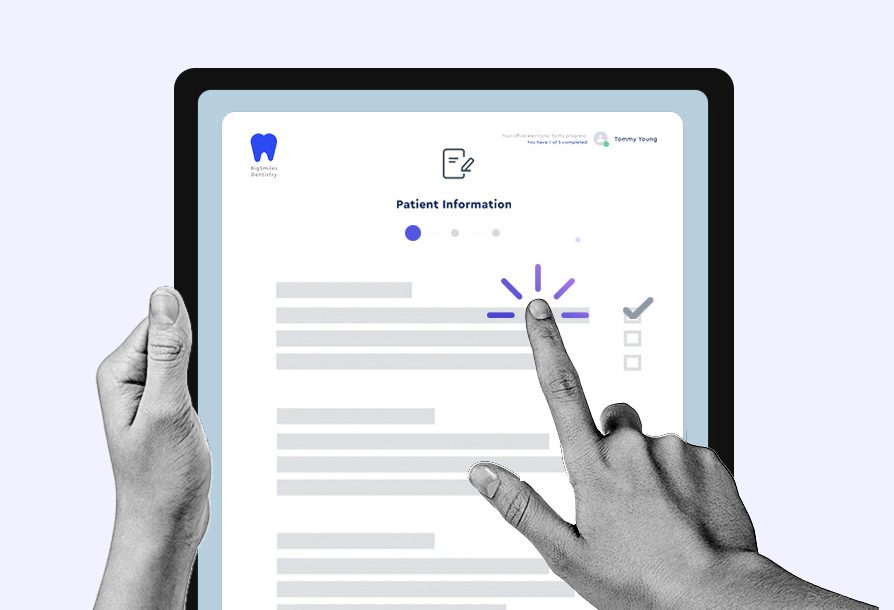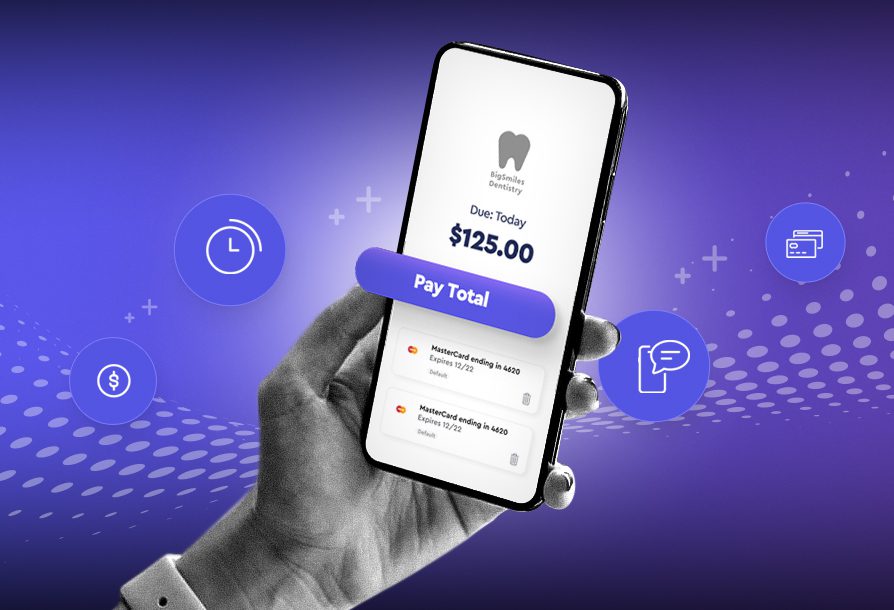From Data to Decisions: A Year-End Checklist for Dental Practices

The end of the year is a great time for dental practices to conduct a thorough review of their performance. This checklist serves as a comprehensive guide, here to help make sure you’ve got it all covered! It’s not just about numbers; it’s about gaining valuable insights into your practice dynamics, spotting any areas of improvement, and setting the scene for an even more amazing year ahead. Let’s make sure your dental practice is set up for success!
Patient Demographics and Acquisition:
- Review patient demographics to understand your practice’s patient profile. Dig into the numbers and take a look at your patient demographics. Who’s coming through your doors? Check out the age groups, locations, and other key details that shape your patient community. Understanding your patient profile helps you tailor your services and communication to better connect with the people who trust you with their dental care.
- Evaluate the effectiveness of patient acquisition channels, identifying which sources bring in the most valuable patients. Whether it’s through word-of-mouth, online marketing, or community events, each channel brings in a specific set of patients. Focus on finding out which methods attract the patients you value the most. This insight helps you fine-tune your marketing strategies to attract the right patients to your practice.
Appointment Metrics:
- Examine appointment scheduling data, including peak appointment times and any notable trends. Maybe mornings are your busiest, or perhaps there’s a surge in appointments on certain days. This examination of scheduling data helps you optimize your schedule, ensuring you’re ready for the busy times and making the most out of quieter periods.
- Assess appointment cancellations and no-show rates to identify patterns and implement strategies for improvement. Are there patterns or certain days when these disruptions more common? By assessing these rates, you can identify trends that may reveal areas for improvement. Whether it’s tweaking your reminder system or adjusting scheduling policies, these improvements can help minimize disruptions and keep your practice running smoothly.
Financial Performance:
- Analyze revenue streams, identifying the most profitable services and areas for potential growth. Look for opportunities for potential growth—whether it’s promoting certain services or exploring new offerings. This helps you shape your practice’s financial strategy, ensuring you’re not just earning revenue but maximizing it in the areas that matter most.
- Evaluate billing and collections data to ensure financial stability and identify any outstanding issues. From billing accuracy to timely collections, this evaluation ensures your practice remains financially sound. Identify any hiccups or bottlenecks in the process and implement measures to keep the financial engine running seamlessly.
Patient Satisfaction Surveys:
- Review patient feedback to gauge the overall patient experience. Whether it’s through surveys, comments, or reviews, this valuable insight offers a direct line to the pulse of your patients’ sentiments. By reviewing their feedback, you’ll gain a clearer understanding of what’s working well and where there might be room for improvement in the patient experience.
- Identify specific areas where patient satisfaction can be improved and develop action plans accordingly. It might be communication, wait times, or even the ambiance of your waiting area. Develop straightforward and effective action plans to address the concerns raised. By focusing on specific improvements, you not only enhance patient satisfaction but also show your commitment to providing the best possible experience at every step.
Treatment Case Analysis:
- Evaluate treatment case acceptance rates. Assessing these rates provides valuable insights into the effectiveness of your communication, presentation, and patient understanding. By understanding the factors influencing case acceptance, you can tailor your approach to better resonate with your patients. This evaluation not only measures success but also helps refine strategies to enhance patient engagement and acceptance of recommended treatments.
- Identify any recurring challenges and discuss strategies for improving treatment planning and execution. These challenges might range from communication gaps to logistical hurdles, each presenting an opportunity for improvement. Engage in discussions to brainstorm and implement strategies that refine your treatment planning and execution processes. Whether it involves enhancing patient education materials or streamlining communication between your team members, these strategies aim to create a smoother and more patient-friendly treatment experience.
Marketing Campaign Effectiveness:
- Assess the performance of marketing campaigns throughout the year. By reviewing the overall performance, you gain insights into the effectiveness of your messaging, channels, and targeting strategies. This analysis serves as a roadmap, guiding you toward informed decisions for future marketing endeavors.
- Identify which campaigns generated the most engagement, new patient leads, and positive reviews. By pinpointing these standout campaigns, you uncover valuable insights into what resonates most with your audience. Whether it’s the content, the platform, or the timing, understanding the driving factors behind engagement, lead generation, and positive reviews helps you replicate success and fine-tune your marketing strategy for maximum impact.
Operational Efficiency:
- Analyze data to streamline operational processes and reduce inefficiencies. Take a look at how things are moving, where bottlenecks might be forming, and where efficiency can be dialed up. This analytical approach is like giving your operations a check-up, ensuring everything is running smoothly. The goal? To streamline operational processes and cut down on any unnecessary inefficiencies that might be slowing your practice down.
- Identify areas where improvements in workflow can enhance overall practice productivity. Whether it’s optimizing appointment scheduling, improving patient check-in processes, or refining administrative tasks, these focused improvements are the key to a more streamlined and efficient practice.
Patient Communication:
- Utilize communication data to enhance patient interactions. Analyze communication data like missed call rates and recorded calls to understand what’s working well and where there’s room for improvement. This data-driven approach is like literally listening in on the conversation, helping you to gain valuable insights into how your practice communicates with your patients.
- Implement strategies to improve communication channels, including the use of patient engagement software. If you’re not already, now is the time to consider incorporating patient engagement software to elevate the patient experience. This powerful tool opens up new avenues for seamless communication, from appointment reminders to follow-up care instructions. By leveraging technology, you not only improve the efficiency of your communication but also create a more patient-centric experience.
Staff Productivity:
- Evaluate staff performance metrics, including productivity and patient interaction. Dive into the data to understand how your team is performing on the front lines. It’s essential to ensure that your staff is not only getting the job done efficiently but also fostering positive and meaningful connections with your patients.
- Identify training needs or areas where additional support may be required. This isn’t about pointing fingers; it’s about recognizing that continuous improvement is key. Identify training needs—whether it’s enhancing technical skills, improving communication, or refining patient engagement. It’s a proactive approach that ensures your staff remains equipped and empowered to provide exceptional patient care.
In embracing a data-driven approach, dental practices equip themselves with a powerful tool for success in 2024. The journey begins with a thorough assessment of performance, followed by a strategic identification of areas for improvement. Armed with these insights, practices can craft a roadmap that aligns with their goals, ensuring a year of growth, efficiency, and continued excellence in patient care. Remember, the journey to success begins with a clear understanding of where you currently stand.
Ready to get started?
To learn more about prioritizing your patients experience, reach out to us for a demo today.


